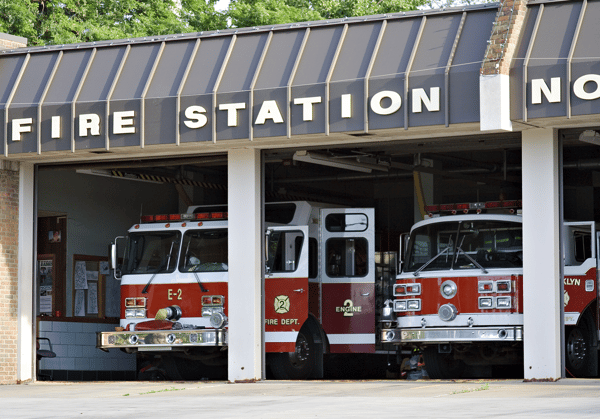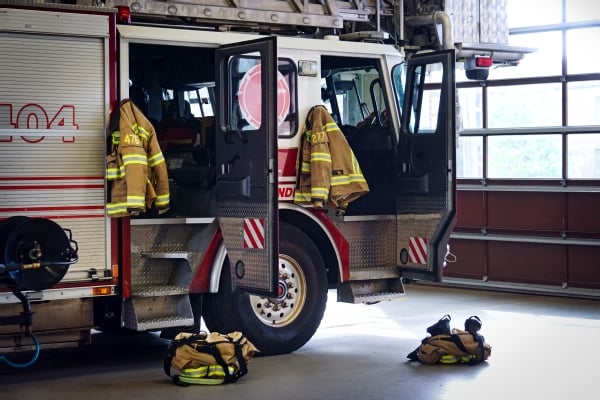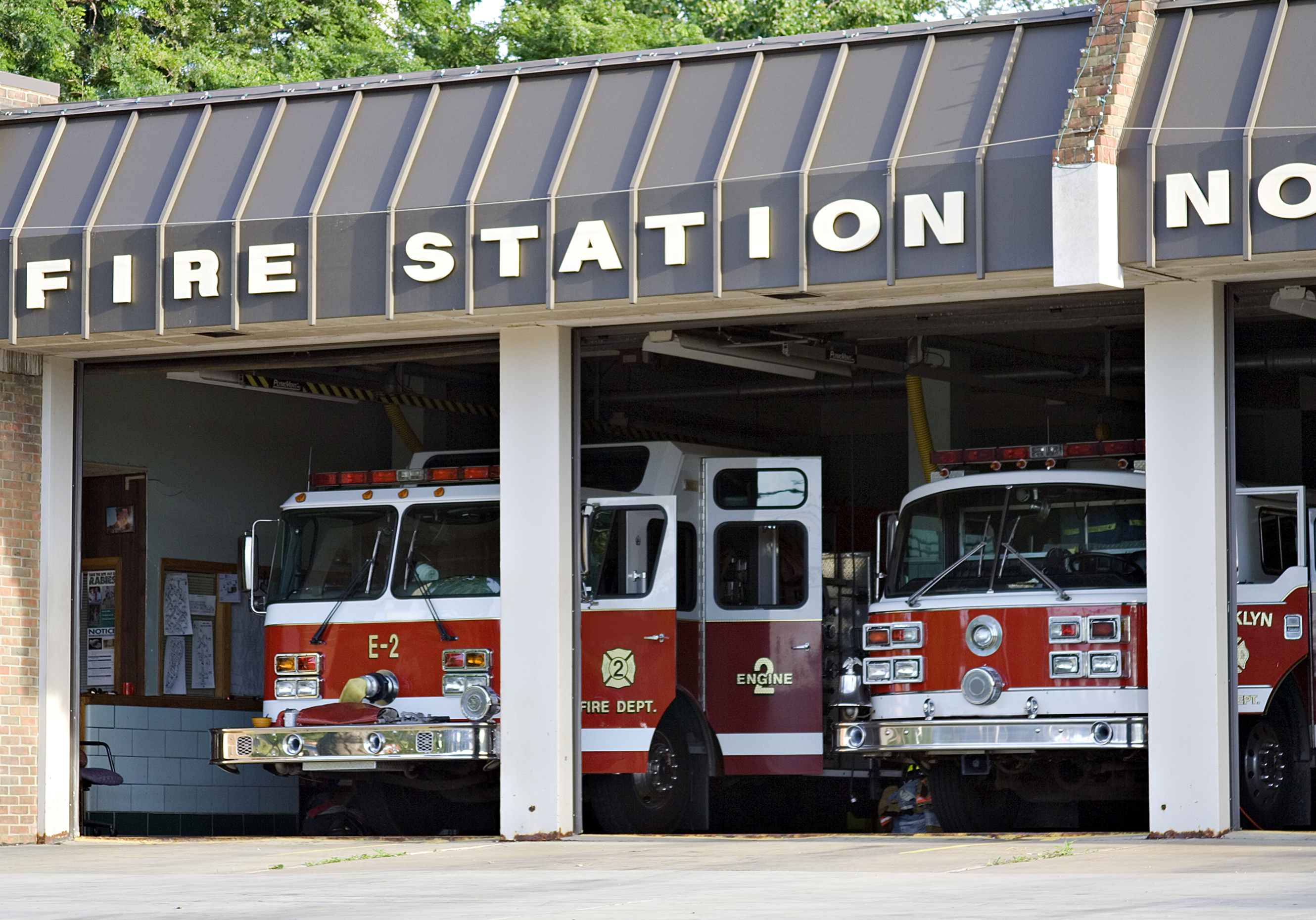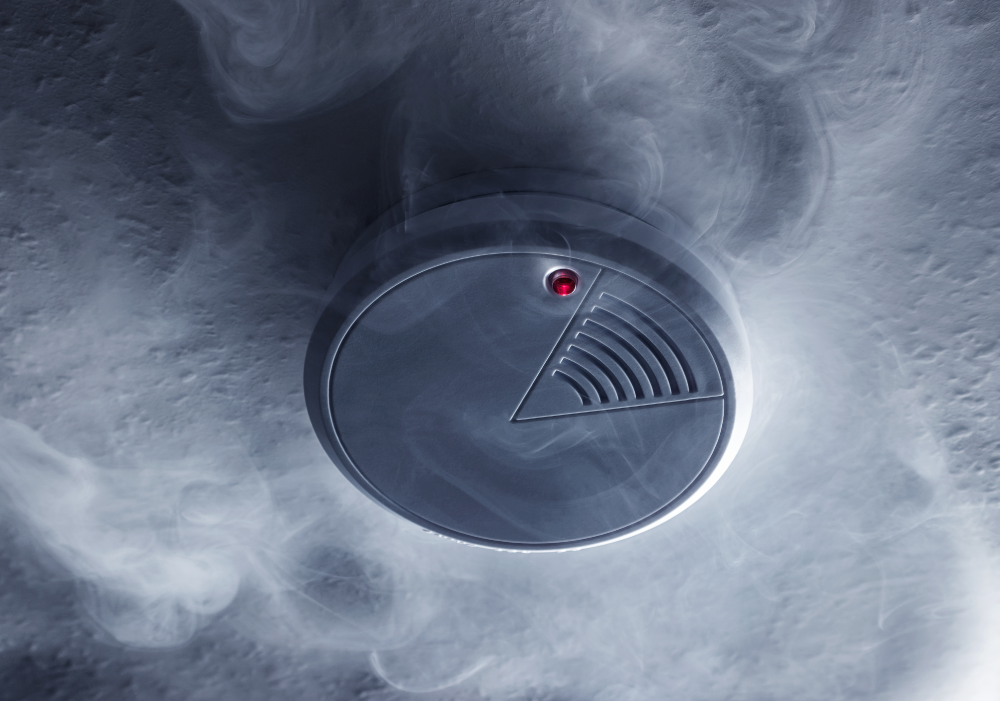Part of our series The Basics of Protection Class.
Every year, the WSRB Public Protection team evaluates communities across Washington state to determine their protection class (PC).
We often get questions from fire chiefs about how evaluations work. We are here to help make the process as smooth as possible, so in this blog post, we offer tips on preparing.
 During a protection class evaluation, we check an
During a protection class evaluation, we check an
inventory of all vehicles in each station.
Related:
The WSRB Guide to Community Ratings
How a PC evaluation works
Every PC evaluation looks at the same four areas:
- Fire department equipment, staffing, stations, training, and maintenance.
- Water supply and how it relates to fire suppression.
- Emergency communications systems, facilities, personnel, and training.
- Fire safety control, including fire code and building code enforcement and public education.
For more detail on each of these areas, click here.
At the same time, each evaluation is unique because each community is unique. Some communities have fire departments with hundreds of paid firefighters, multiple fire stations, and sophisticated computerized systems to track training, maintenance, and everything else we look at. Other communities have fire departments with a handful of volunteers operating out of a single station with one engine and may keep paper records.
We keep these differences in mind when performing evaluations, so we cannot provide a single checklist to help a fire department prepare for an evaluation.
We can, however, give you the following guidelines.
How to prepare for a PC evaluation: what to do in advance
There are two key steps you can take before our visit to make the PC evaluation process easier and more efficient: send us records and provide introductions to local officials.
Most of the information we need comes from the fire department. If you send us the following at least 30 days in advance, we can save you time during the in-person visit:
- Records of training for firefighters for the last calendar year — January to December 2019. We’ll work with the type of documentation you have, whether paper or electronic.
- Rosters of firefighter personnel showing their rank, station assignment, and International Fire Service Accreditation Congress (IFSAC) or other certifications.
- A list of all vehicles in each station, including type, unit identifier, year of manufacture, model, pump size (gallons-per-minute/pounds-per-square-inch), and water capacity.
- Apparatus equipment inventory. The fire protection analyst evaluating your community will send you a form to fill out to make this part of the information-gathering process easier.
- Dispatching run cards for residential and commercial fires for the first and second alarms.
- If your community is divided into different zones, include a response zone map.
- List automatic aid partners on the run cards. If you do not have run cards, send a list of your automatic aid partners if you use these resources.
Some of the information we need comes from water purveyors and building departments. WSRB is familiar with many of these agencies but could use your assistance in attaining information:
- Introduction to water purveyors in your district that have fire hydrants. If you have no fire hydrants in your community, then no need to send us anything.
- Records of fire hydrant inspections or flow tests, if your department conducts them.
- Introduction to the local building official(s).
The fire protection analyst who will visit your community will give you more details on the information that is helpful to have in advance. The sooner you send us the information, the more time we’ll have to review it, and the more efficient we can make the on-site visit.
 During our on-site visit, we look at equipment
During our on-site visit, we look at equipment
maintenance and inspection reports.
Related:
Finalizing a Protection Class Evaluation
How to prepare for a PC evaluation: what to have ready when we visit
On the day of your site visit, the fire protection analyst will review records and may speak with multiple people.
To make the on-site visit as efficient as possible, have maintenance records on apparatus and equipment available. These should cover the last five years and include pump tests, hose tests, ladder tests, maintenance and inspection reports, and more. The fire protection analyst will send you a specific list of what we need from your department. No need to make copies of the records in advance; have the records available. If we need copies, the analyst will ask for them during the visit.
The analyst will also need to gather information about fire operations, training, fire code enforcement, public fire safety education, and fire investigations. In some communities, one or two people handle all these tasks, and in other communities, multiple people do. The fire protection analyst will work with you before the visit to determine who can answer our questions.
What to do if you have questions
In every step of a PC evaluation, we aim to work with you to make the evaluation process smooth. We are always here to help you understand the process and make it as efficient as possible. If you have any questions, contact our Customer Service team at 206-217-0101 Monday through Friday, 7:30 a.m. to 4:00 p.m., and ask to be connected to the Vice President of Public Protection.











